Products
Scrubbers
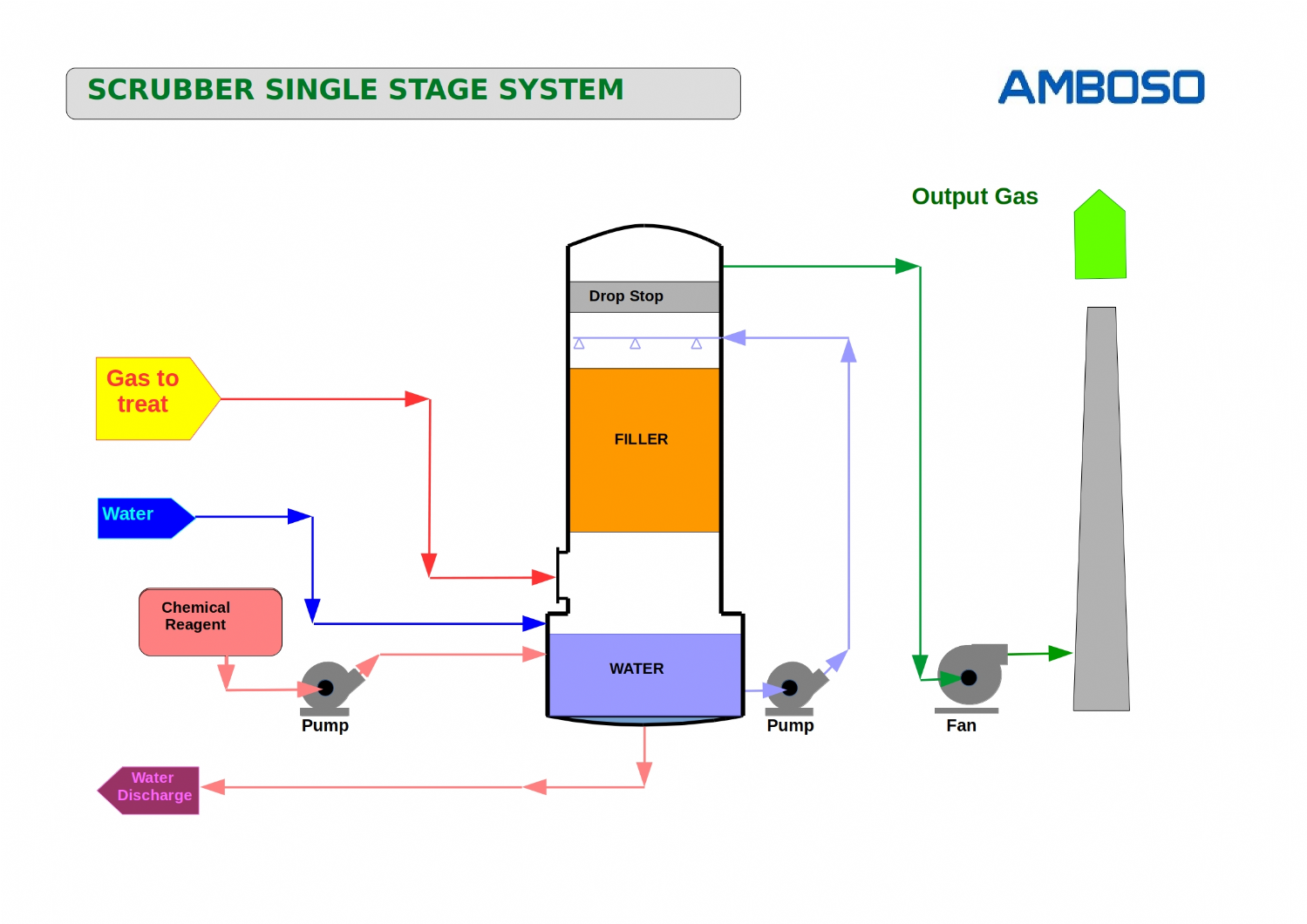
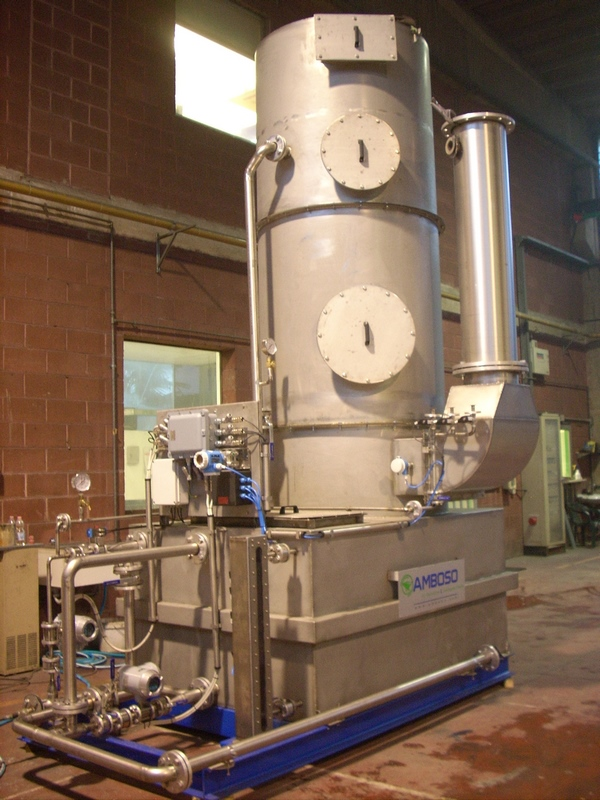
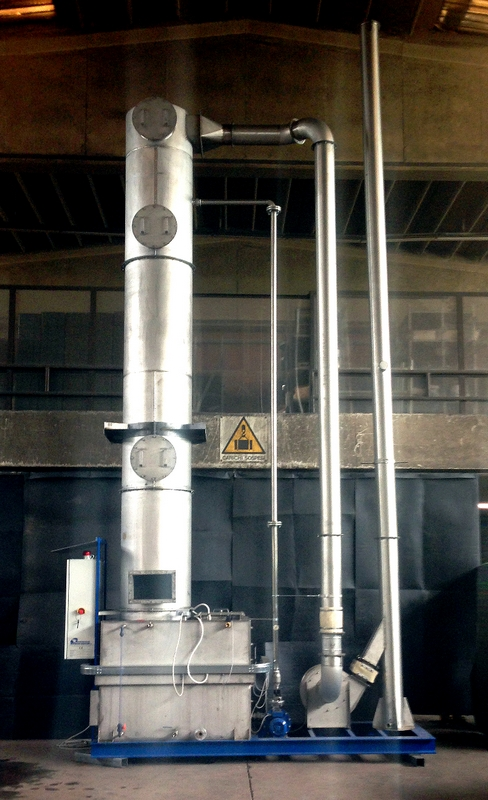
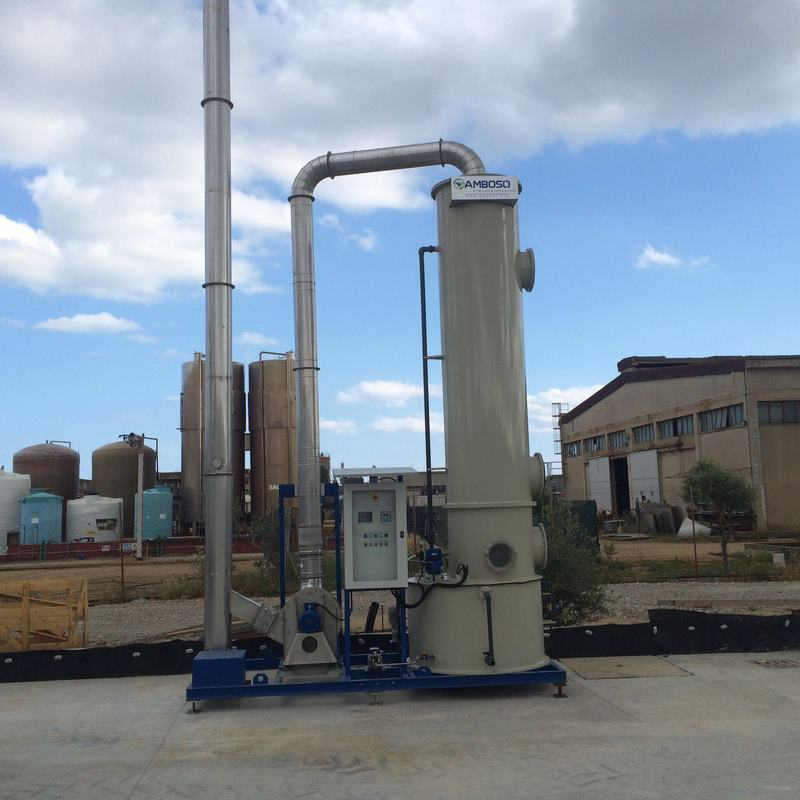
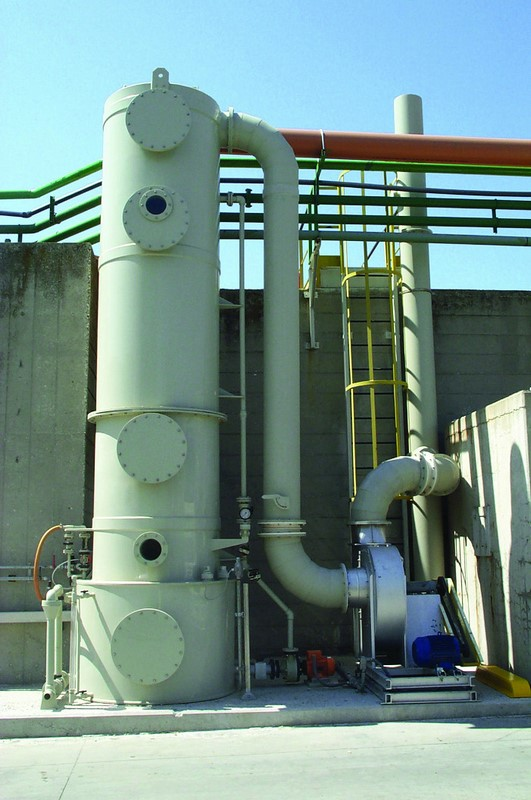
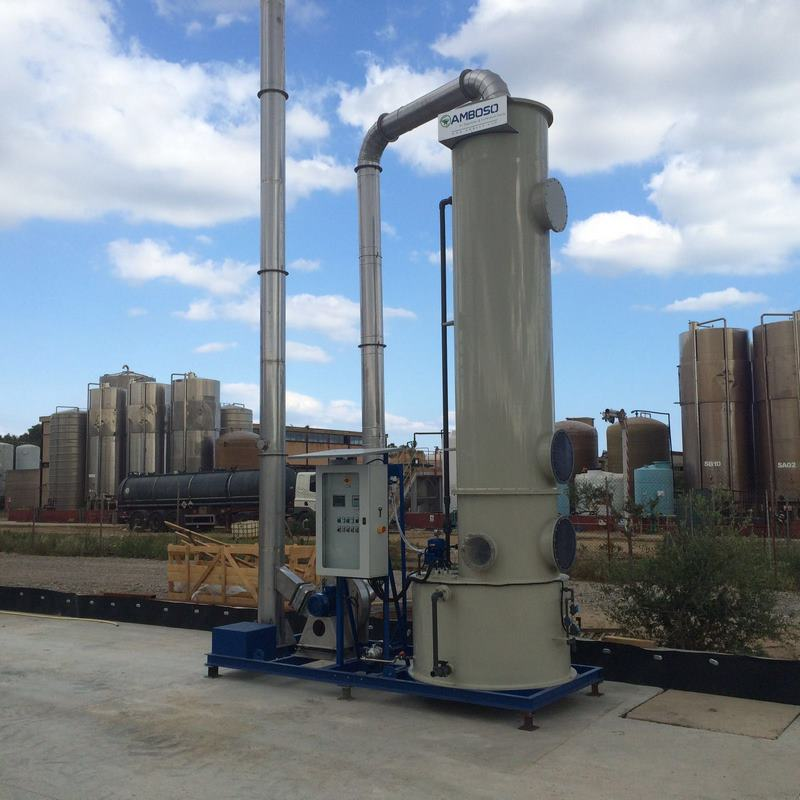
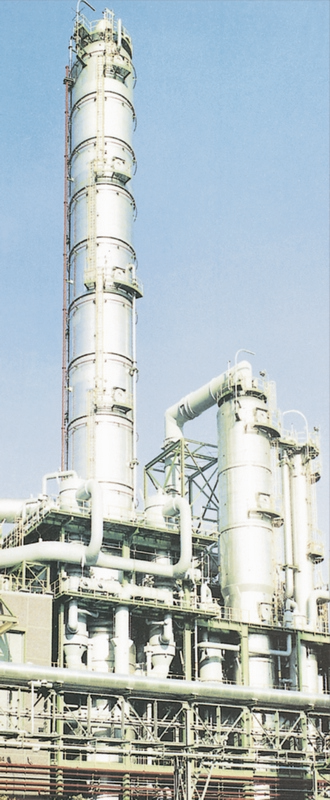
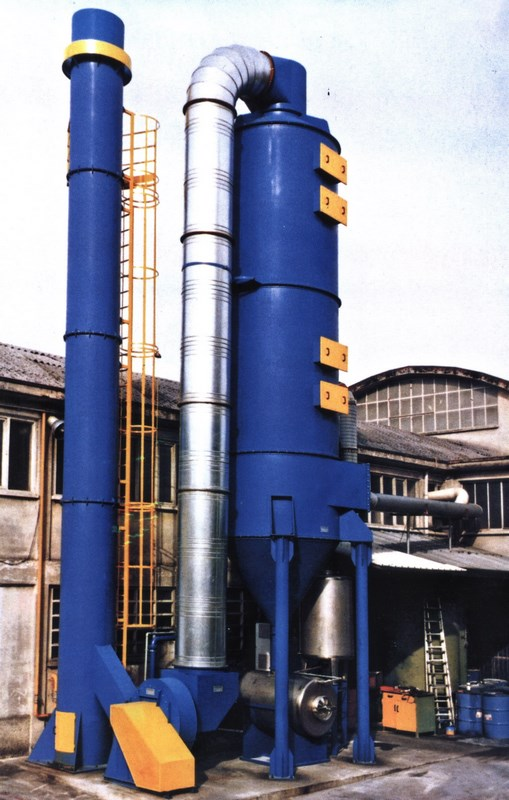
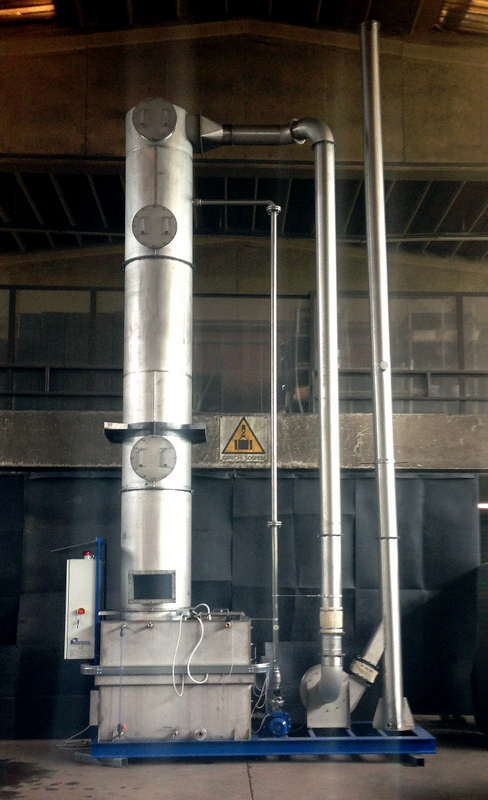
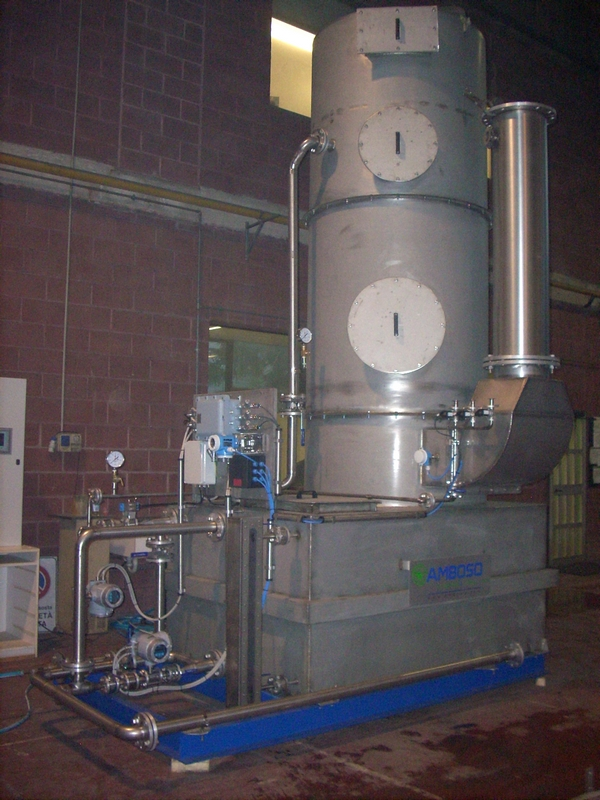
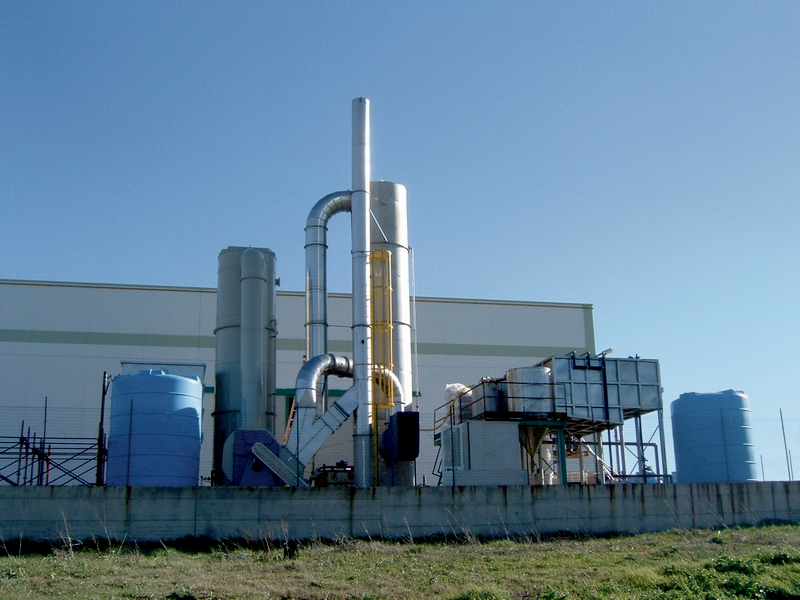
1. Type of technology
Wet collection / absorption.
2. Contaminants which can be removed
Water solubile substances.
3. Emission limits possible
Collection efficiencies exceeding 97% can be achieved.
4. Description of the equipment and/or process
Wet collectors or scrubbers represent the oldest and simplest system of cleaning a contaminated airborne flow.
The principle of operation consists in conveying the contaminated air into a chamber. Inside this chamber, thanks to suitable and widely differing technologies, an intimate contact takes place between the air and a certain quantity of water so that contaminants are transferred from the air into the water to the extent as to allow direct discharge of the air into the atmosphere with contaminant concentration within the allowable limits for the cleaned air.
Downstream to the scrubber-based air cleaning processes, by-products are normally to be found such as sludge that require disposal in accordance with public health and environmental concerns.
The sludge should first be submitted to dewatering, then compacted to make it suitable for transportation followed (if not toxic in nature) by burying in authorized waste disposal sites; if not, they are disposed of or incinerated in plants suitably equipped for such purposes. The quickness of air-water interaction and percentage of contaminating substances transferred from the air into the water are strongly conditioned both by the technology applied and the type of design and construction of the wet collector chosen. Besides all considerations for the necessary mathematical formulae concerning the study and design of the plant, no less important in this case are the empirical data which can be utilized by each manufacturer on the basis of his own experience.
When a contaminated particle is “captured” by a given mass of water or liquid droplet, such particle becomes integral part of it, sharing its destination and very closely following its path established by the manufacturer, into recirculating water until it is collected in a special settling tank, then is discharged for final treatment.
Underlying all this it is vitally important to implement the requirements as stated above, i.e.:
- an air-liquid contact zone where the encountering and union between the particle to be captured and the liquid provided for such purpose is favoured as much as possible;
- a settling zone in which the liquid particles are separated from the main air stream;
- a zone for capturing and recovering the solid particle (if existing) through special mechanical systems.
The latter also serve for keeping the recirculating water as clean as possible from sedimenting and muddy components.
After this introduction it is useful to bear in mind that widely differing types of scrubbers exist, which can be classed by:
- type of contaminant removal
- model
- size
- efficiency
while the choice of one type or the other strictly depends on certain factors of priority importance which should be assessed in each individual case, including:
- chemical and physical nature of the contaminant to be captured,
- source of the emissions,
- corrosive capability of the gaseous effluent,
- Required efficiency.
4.1 Types of plant
Amboso manufactures a very extensive range of scrubbers belonging to two clearly distinct types, each one available in a great variety of sizes and performance levels. They can be classed into:
- Tower scrubbers (or scrubbing towers) in turn subdivided into three categories:
• packed tower scrubbers;
• impingement-plate scrubbers ;
• mobile-bed scrubbers.
4.2 Tower scrubbers
The scrubbing tower certainly represents the classic scrubber par excellence, with its high collection efficiency, while it is known everywhere for its unbeatable intrinsic performance levels and reliability in holding the set limit values over the long-term.
The scrubber is vertical in design. It contains a certain quantity of packings which vary according to the air flow, strictly in accordance with a contact time and air face velocity to be calculated in each individual case to meet the user’s requirements.
Therefore it is important to ensure a constant supply of a certain amount of scrubbing water or liquid in order to keep the scrubber efficiency at a consistently high level. In order to reduce the quantity of such liquid to within certain limits, it could be advantageous (under certain conditions) to cool the gaseous flow before it enters the column.
The volume and special shapes of the packings should be determined in such a way that they impose sudden changes in direction of the contaminants to be removed for better interception of the particles; at the same time they should also offer maximum surface of contact allowing the maximum space possible for the flow of air, hence minimizing pressure drops.
The materials normally used for packings are metal, ceramic and thermoplastics in general.
If the manufacturer chooses plates instead of packings, the tower is increasingly like a vertical container where the air is forced to rise inside the chamber bubbling through various perforated plates (normally two or three placed in series at different heights) on whose surface a certain liquid layer is maintained.
Mobile-bed scrubbers contain very light spheres, similar to packings; instead of being static, they are placed in continuous movement thanks to the effect of the air impinging on the outer walls of the scrubbers.
4.3 Conditions for correct operation
In theory the efficiency should be higher in packed scrubbers, but practical experience shows that the systems are equivalent under almost all work and operating conditions, to the advantage of the static packings which are less subject to abrasive force and wear.
The types of wet collectors described are all characterized by efficiency levels comparable between each other and variable depending on the flow rates (air-scrubbing liquid ratio), the characteristics of the contaminants and the power of interaction between the contaminating particles and water droplets.
Basically it can be stated that the smaller are the contaminating particles (this applies above all to dusts), the more difficult it is to separate them from the gas stream and the greater is the energy to be supplied to the scrubbing water in order to keep the overall efficiency within the Required values.
Regardless of this factor, correct operation and high collection efficiency of a scrubber obliges the manufacturer to carry out a correct study and dimensioning of the entire wet collector in addition to knowing the properties and characteristics of the air at the inlet and outlet sections of the scrubber.
Obviously data regarding the inlet section depend on the type of workplaces and characteristics of the activities producing the contaminants to be removed, while data regarding the outlet section depend strictly on the table limit values to be observed at the stack; and in this connection it could prove necessary to build an additional filter system to be connected downstream of the scrubber.
It is also necessary (and the design engineer knows this) to leave an adequate safety margin during the design stage so that the plant can cater for abnormal operating conditions and keep in line with future legislative updates and restriction of the specific limit values regarding the quantity of contaminants entering the plant.
However the manufacturing parameters and design data that should be made known to the manufacturer are as follows:
- flow rate of the air to be handled
- temperature of the air flow
- contaminant and its chemical composition
- risk and toxicological data sheet
- chemical aggressiveness of the contaminant
- particle size, density, explosiveness and hygroscopic properties.
Only with such data at hand will it be possible for the design engineer (also on the basis of experience gained) to determine with satisfactory accuracy the type of intervention, plant dimensioning, its collection efficiency, the volume of water Required for saturating and capturing the contaminant, as well as the maintenance frequency to ensure keeping the plant efficiency at high levels.
Certain of these points can be worked out with the aid of formulae, graphs and technical notions, while others can only be established thanks to the manufacturer’s experience.
4.4 Conclusions
The wet collection systems or scrubbers normally represent an optimum alternative to many other systems of different technology (dry collection, or by adsorption, etc.) as regards almost all the problems of environmental impact of the medium and large-scale industries. They are being more and more taken into consideration in the possible configurations of systems for removal of harmful substances whether under the form of particles (dusts, mists and fumes) or acid vapours.
Recent applications have given quite comforting results also in those processes where the scrubber was submitted to high temperatures (200°C), such as, for example, at the outlet of incineration plants (after precooling of the fumes with appropriate heat exchangers or by quenching) or boilers installed by wood industries.
Then various experiments have been carried out on fumes of cement works and foundries. Almost all of them can be considered as more than appreciable and in keeping with expectations, so much so that the system described has become a well-consolidated fact.
However in this connection the following considerations should be made:
- when the air to be handled has a large content of solid particles (dust of medium specific gravity and dynamic diameter falling within 20 and 200 µm with inlet concentration exceeding 10/20 g/m3 of air) it is advisable to install a precleaner of mechanical or cyclone type (or multicyclone) upstream of the scrubber in order to avoid unnecessary plugging of the ducts, packings, recirculating water and sludge decanter.
If the air temperature is very high, it is advisable to install a cooling coil or heat exchanger, to increase the concentration of the contaminants and to ensure a long working life to the ducts and system itself. However the temperature must never be cooled to under the average dew point of the contaminating substances (30°C). Cooling can be obtained:
• by using heat recovery units
• by injecting cold water in the ducts through quenching.
However the latter method must be used with the utmost caution and only in absence of contaminating substances which, upon contact with water, could lead to formation of acids corrosive for the ducts and scrubber inlet.
The use of diluting the flow through mixture of false air is likewise not very cost-effective as it would require an increase in size of the plant with consequent higher investment and running costs.
- As the pressure drops in wet collection systems with scrubbers can be highly variable during operation, it is necessary to select fans with characteristics such as to cater for any changes in such pressure drops (either up or down), thus keeping the air flow rate as constant as possible.
The relative exhaust fan should be installed in most cases after the dust collector so that the impeller will be impinged by air already cleaned from contaminants, therefore there is no risk of the contaminant from exerting an abrasive or corrosive action on the impeller.
This offers the possibility of using high quality fans such as those with reversed blades: the ones most suitable for avoiding build-up of dusts and corrosive substances in the impeller.
Also that part of the plant where the contaminating gas is still circulating is placed under negative pressure, thus eliminating the risk of external pollution.
The use of the downstream fan also requires periodic inspection of the fan also with the plant running without risk of toxic substances from escaping.






